固定架注射模的设计【优秀】【word+14张CAD图纸全套】【注射塑料模具类】【毕业设计】
【带实习日记+外文翻译+实习报告】【27页@正文11000字】【详情如下】【需要咨询购买全套设计请加QQ1459919609】
A2动模(零件图模样).dwg
A3动模镶件(零件图模样).dwg
关于可机加工性的论述-中英文-翻译.doc
关于可机加工性的论述-中英文-翻译.pdf
压块.dwg
压紧块A4.dwg
固定架装配图.dwg
塑模A3(装配图模样).dwg
定位圈.dwg
实习报告.doc
实习日记.doc
拉钩.dwg
斜导柱.dwg
浇口套(零件图模样).dwg
滑块.dwg
说明书.doc
零件图A2合计3张.dwg
摘 要
注射成型已成为聚合物加工技术中最常用的方法之一,并在大规模生产塑料产品中占据了主导地位。本次设计的塑料固定架注射模具,该塑件使用量很大,为大批量生产,因此为了节约材料,采用热流道技术,通过Moldflow软件进行最佳浇口分析所选浇口位置最为依据,而采用热流道转冷流道的形式,节约了主流道部分的塑料,降低了成本。采用侧抽芯,尽管结构稍微复杂,但能够减少后续加工,降低了生产周期。该模具采用一模一腔,侧抽芯机构和冷却水道布置对称,易于安装,整体受力均匀。
关键词:注射模具;热流道;塑料固定架;注射成型;模具设计
Abstract
Injection molding of polymer processing technology has become the most commonly used methods and mass production of plastic products occupy a dominant position. The design of plastic injection molds fixation, the use of large plastic parts for mass production, so in order to save materials, hot runner technology, the best gate by Moldflow software analysis based on the selected best gate location, The use of hot runners turn in the form of cold runner, saving the mainstream Road, part of the plastic, reducing the cost. With side core pulling, though slightly more complicated structure, but can reduce the subsequent processing, reducing the production cycle. The use of a mold of a mold cavity, core mechanism
and the cooling water arrangement symmetrical, easy to install.
Key words: injection molding; runner; plastic bracket; injection molding; mold design
目 录
前言1
1 制品工艺分析3
2 工艺方案分析及成型工艺参数的确4
2.1 工艺方案分析选择4
2.2 成型工艺参数的确定4
3 选择设备6
4 模具结构设计7
4.1 分型面、排气方式及型腔数目的确定7
4.1.1分型面的选择7
4.1.2 排气方式的确定7
4.1.3 型腔数目的确定7
4.2 浇注系统设计8
4.3 成形零件结构设计9
4.4导向和定位机构设计9
4.5脱模机构设计9
4.6 侧抽芯机构设计11
4.6.1斜销设计12
4.6.2 滑块设计13
4.6.3 导滑槽设计13
4.6.4 楔紧块设计13
4.6.5 滑块定位装置13
4.7 温度调节系统设计13
4.8 绘制模具装配草图14
5 成型零件的尺寸计算和强度、刚度校核15
5.1 成形零件的工作尺寸计算15
5.1.1 直径为9mm的侧型芯的工作尺寸计算15
5.1.2 主型芯工作尺寸计算16
5.1.3 凹模工作尺寸计算16
5.2 刚度和强度的校核16
5.2.1 整体式矩形凹模侧壁厚度16
5.2.2 整体式矩形凹模底板厚度16
5.2.3 整体式矩形凹模底板厚度16
6 注塑机有关参数的校核18
6.4.1定位圈尺寸19
6.4.2最大与最小模厚19
6.4.3喷嘴尺寸19
主要参考文献21
致 谢22
前言
一、注塑机的发展简史及国内外现状
注射成型是加工热塑性高分子材料的主要方法之一。这种方法能制得外形复杂、尺寸精确和带有金属嵌件的制品,对各种聚合物加工的适应性强,易于实现全自动化生产。目前世界上80%的工程塑料制品采用注射成型加工。
注射成型加工的主要设备是注塑机。八十年代以后,随着工程塑料的迅速发展和其应用领域的不断开拓,注塑机正朝着高速、高效、低能耗和高自动化的方向发展。
注塑机的发展水平及趋势:随着塑胶制品多样化市场需求越来越大,注塑机设备的升级换代也越来越快。早期的注塑机都是全液压式,由于环保和节能的需要,以及伺服电机的成熟应用和价格的大幅度下降,随着塑胶制品多样化市场需求越来越大,注塑机设备的升级换代也越来越快。早期的注塑机都是全液压式,由于环保和节能的需要,以及伺服电机的成熟应用和价格的大幅度下降,近年来全电动式的精密注塑机越来越多。随着世界各国在环保,如能耗、噪音、泄漏等控制方面日益严格的要求,节能已完成为注塑机电液系统的研究重点,针对阀控电液系统有较大能量损失的不足,德、日等国发展了应用变量泵和电液比例阀结合的负载感应型的注塑机电液控制系统。为进一步降低能耗,减少噪音,最新一代的注塑机是用转速可调的电动机驱动液压泵为动力源,在保压、冷却及空转工况保持很低转速,以达到节能、降噪的目的,其工作原理简述如下:
利用注塑机同步信号及电气控制系统,根据注塑成型的工艺要求,将电液比例控制系统,模拟成负载跟踪控制系统,使油泵电机的转速与注塑机工作所需液压的流量与压力乘积成正比,将传统的定量泵改造成变频变量泵,从而使溢流阀的回油流量降到最小,无高压节流能量损失,进而将传统有高压节流的“耗能型”注塑机升级为无高压节流的“节能型”注塑机,节能型注塑机除了节能功能之要特性外,依据其节能原理,还具有附加系列的优点:
◆ 减轻开、锁模冲击,延长机械和模具使用寿命。
◆ 延长油路系统(密封组件等)使用寿命,减少维修次数、节省维护
◆ 降低噪音、改善工作环境。
◆ 系统油温大幅降低,冷却用水量可节省30
◆ 对电机具有过压、过流、缺相等多种保护。
◆ 注塑机原有的控制方式及油路不变。
将注塑机改造升级为“节能型”注塑机,其投资(主要是变频器)应该在一年内可通过节约的电费或油费收回。
总之,开发“节能型”注塑机理论可行,投资小、效益明显,或许在不久的将来,变频节能型注塑机会成为注塑机制造业的新卖点。
国内发展水平及方向:目前中国塑料机械产品主要集中在通用的中小型设备上,技术含量低,20世纪80-90年代的低档产品供大于求,机械制造能力过剩,企业效益下降。有的品种特别是超精大型高档产品还是空白,仍需进口。据2001年统计,中国进口塑料机械使用外汇11.2亿美元,而出口塑料机械创汇只有1.3亿美元,进口远大于出口。
中国加入世界经贸组织(WTO)后,国外的机械制造业加速对华转移,世界一些知名的塑料机械企业,如德国德马克、克虏伯、巴登菲尔,日本住友重工等公司先后“进驻”中国,有的还进一步设立了技术中心。国外塑料机械制造商的进入给中国塑料机械行业带来了发展活力,同时也使中国塑料机械制造企业充满了机遇与挑战。
二. 课题设计的目的和意义
注塑机是一种专用的塑料成型机械,它利用塑料的热塑性,经加热融化后,加以高的压力使其快速流入模腔,经一段时间的保压和冷却,成为各种形状的塑料制品本课题研究的重点是设计一台注塑机的液压系统。要完成课题所达到的目的,就要确定液压系统方案,这是本课题的重点,也是问题存在之处。在注塑机液压系统方案确定后,怎样选择液压元件,以及集中阀的设计就是可能出现的问题。
问题解决的办法:在熟悉各液压阀及液压回路的作用后,我们就可以逐步确定系统方案了。例如:在设计过程中为了灵活的控制压力控制注射压力和保压压力,注射系统采用两级压力控制。而对于集成阀设计,则只能多查阅相关资料,仿照设计。
1 制品工艺分析
该制品为一塑料夹头,材质为聚酰胺(PA)。PA塑料成型性能较好,具有一定的硬度和韧性。注射时,熔融温度可定在230~280°C之间,模具温度应在80~90°C之间,也可高些。吸湿性大,故注射前必须对其进行干燥。
制品精度要求一般,根据教育部颁标准SJ1372一般取五级精度。塑件尺寸精度与模具制造精度密切相关,对小型塑件来说,模具制造精度对塑件尺寸精度具有决定性的影响。根据产品精度要求,模具公差等级取IT9可以满足要求。
制品壁厚有2.5和4mm,具有足够的强度和刚度,脱模时能经受住脱模机构的冲击与震动,装配时能承受紧固力,能充分满足使用要求与成形要求。
制品脱模斜度为2°,能保证塑件顺利脱模。
因为使用上的要求,制品有侧孔和侧凸,侧孔孔径9mm,深度4mm,需要用侧型芯来成型,因此模具需要侧抽芯。
主要参考文献
[1] 王树勋等主编.《模具实用技术设计综合手册》.华南理工大学出版社,2003
[2] 许发樾主编.《模具设计与制造实用手册》.机械工业出版社,2005
[3] 模具设计大典编委会.《中国模具设计大典》.南昌:江西科学技术出版社,2003
[4] 黄毅弘等主编.《模具制造工艺》.北京:机械工业出版社,1996
[5] (日)吉田弘美.《模具加工技术》.王旭译.上海:上海交通大学出版社,1987
[6] 丁浩主编.《塑料加工基础》.上海:上海科技出版社,1998
[7] 现代模具编委会.《注塑成型原理与注塑模具设计》.北京:国防工业出版社,1996
[8] 宋玉恒主编.《塑料注射模具设计实用手册》.北京:航空工业出版社,1995
[9] 李秦芯主编.《塑料模具设计》.西安:西北工业大学出版社,1997
[10] 廖念钊主编.《互换性与技术测量》.北京:中国计量出版社,1998
[11] 周良德主编.《现代工程图学》.湖南:湖南科技出版社,2000
[12] 《塑料注射模零件标准及术语GB.4169.1.11》.北京:国家技术监督局
[13] (德)H.盖斯特罗编著.《注塑模设计102例》.北京:国防工业出版社,1998
[14] 模具制造手册编写组编.《模具制造手册》.北京:机械工业出版社,1982

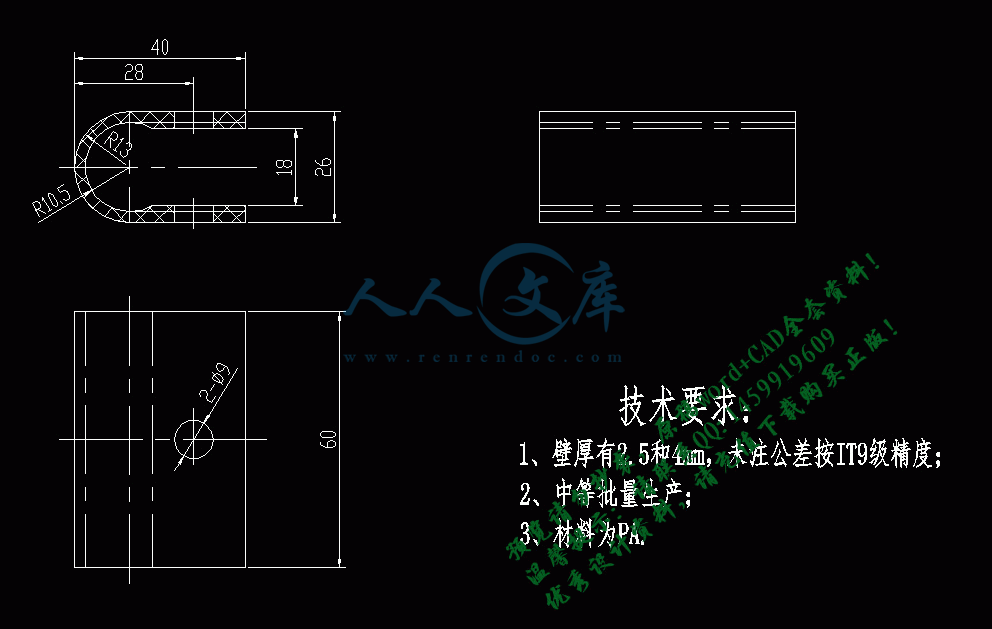

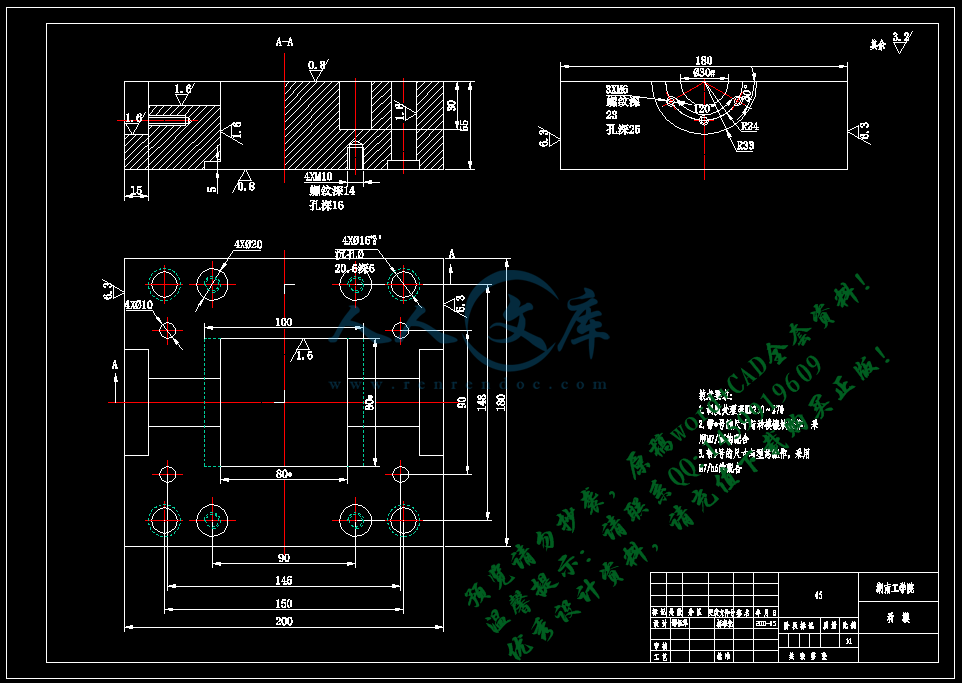

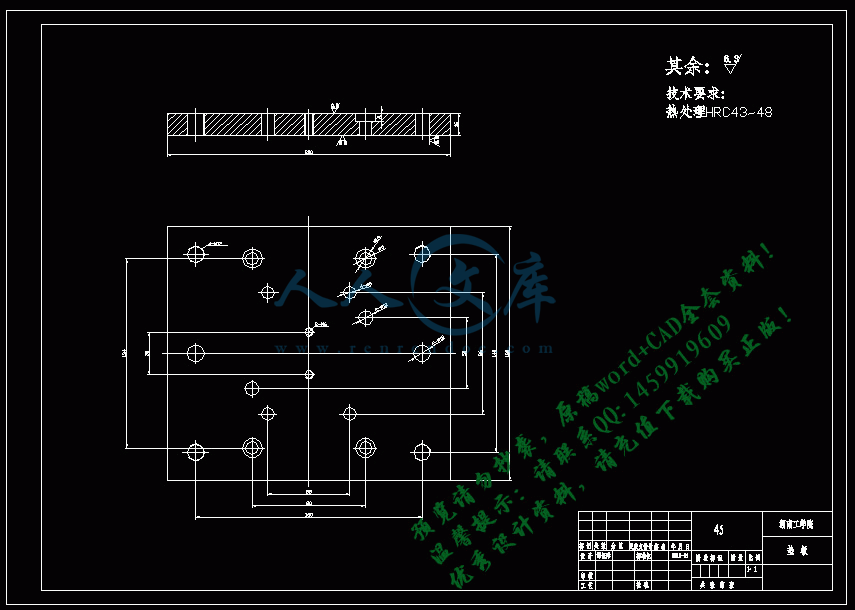
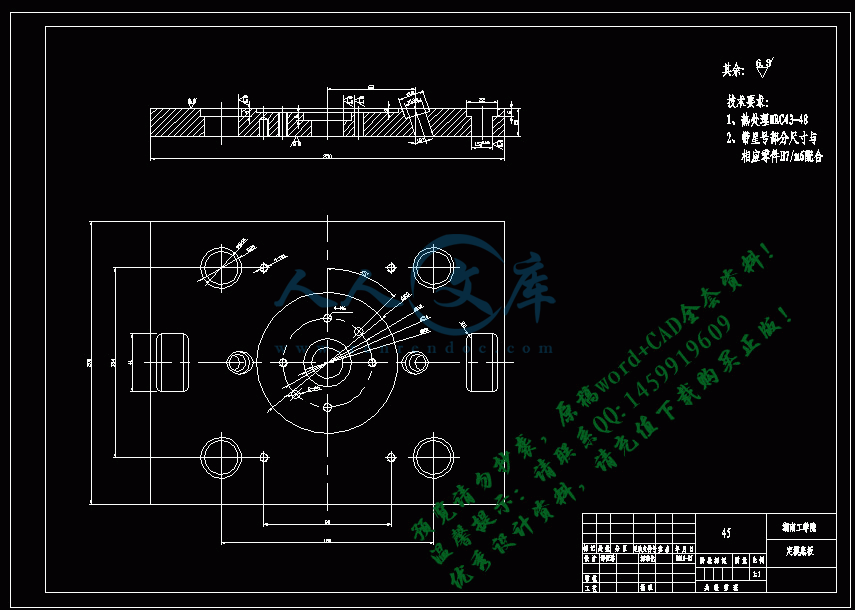
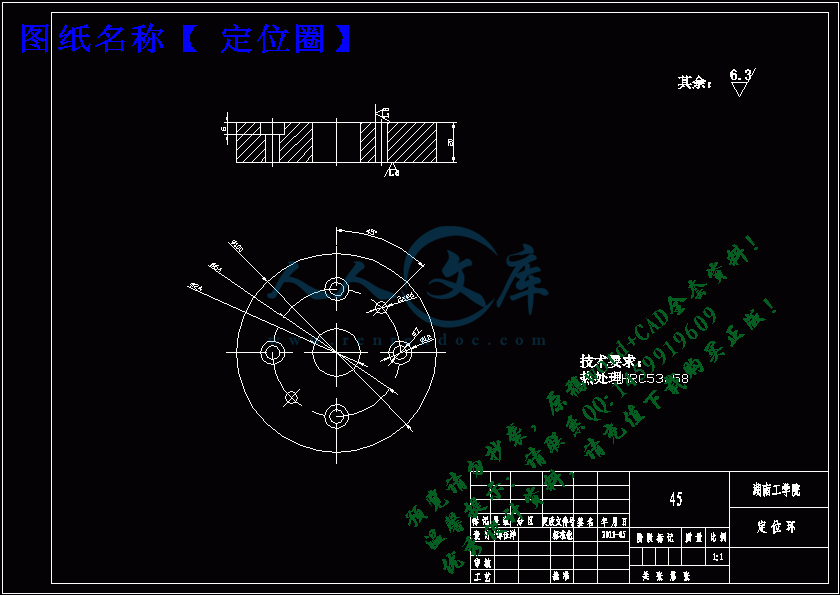
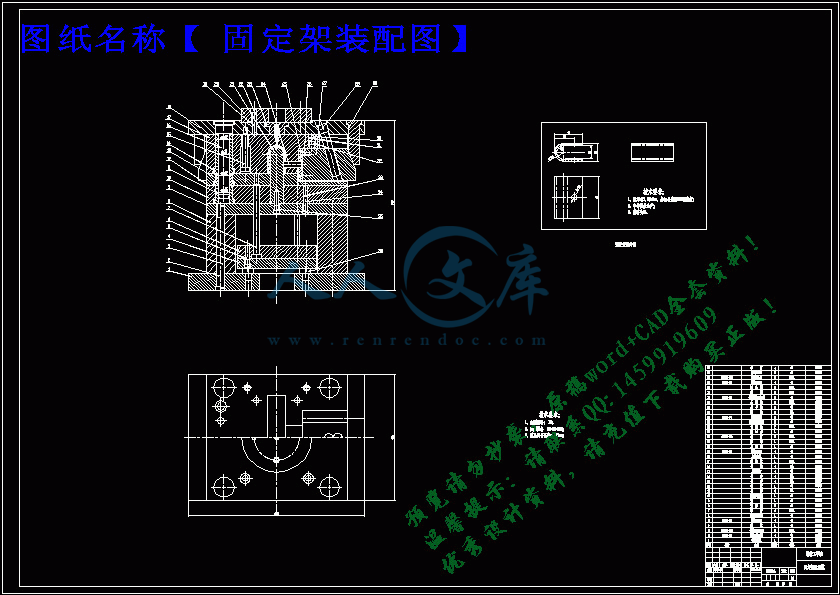


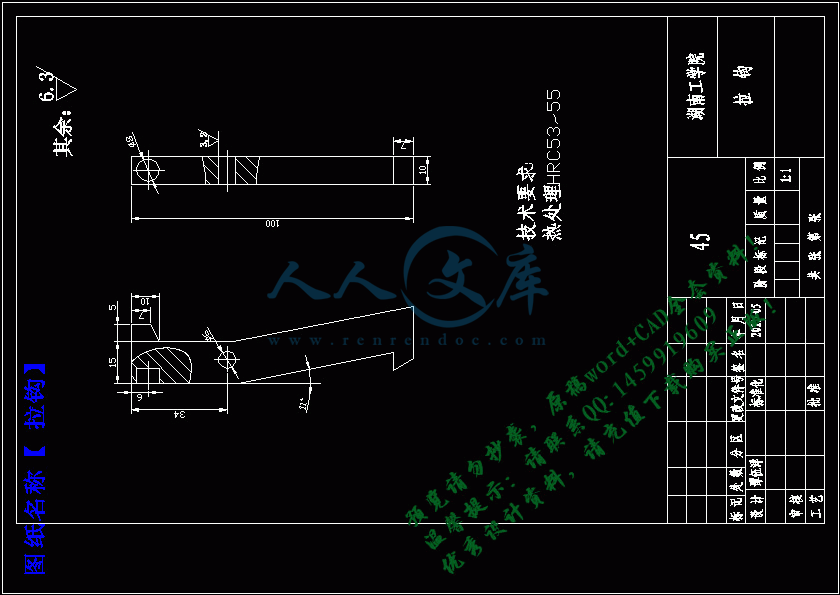
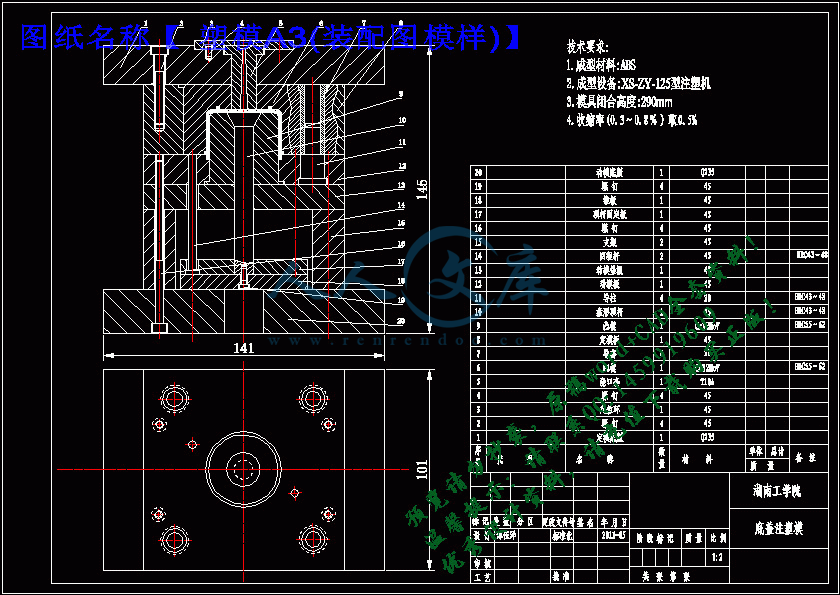
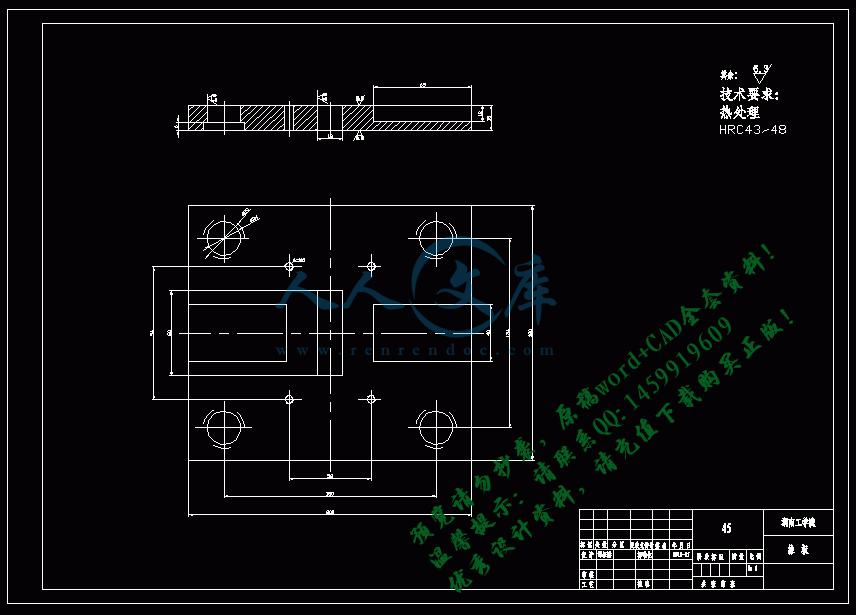


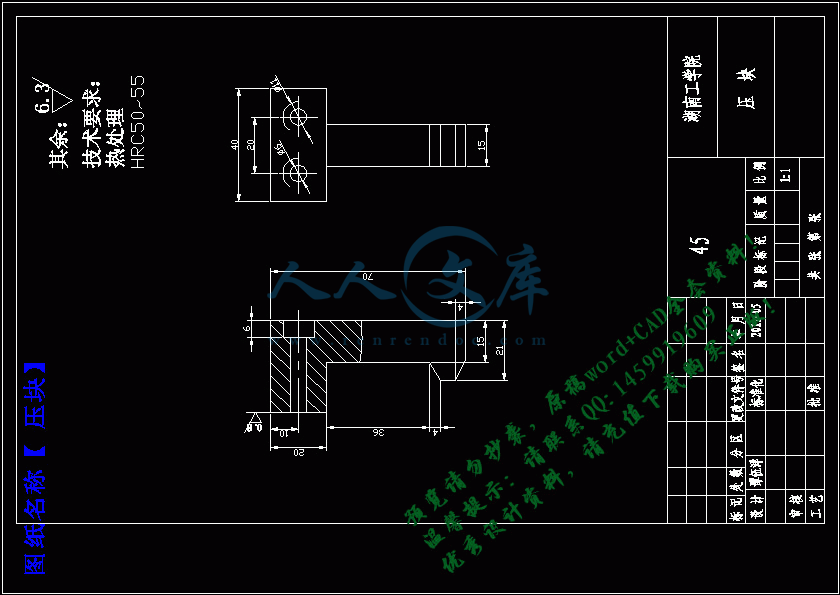
 川公网安备: 51019002004831号
川公网安备: 51019002004831号